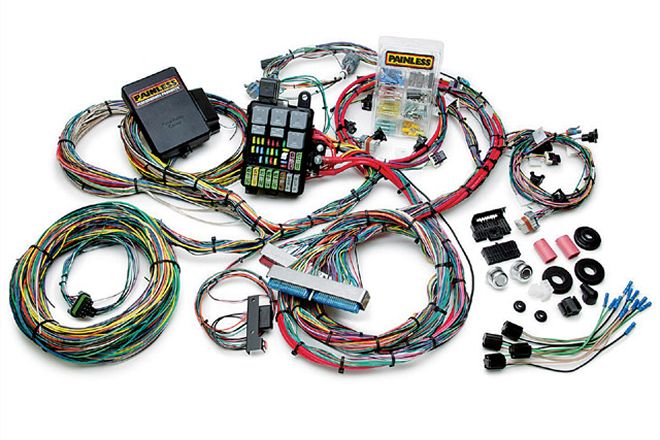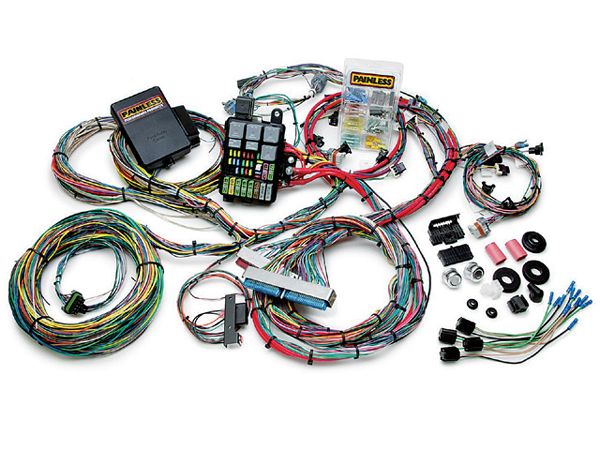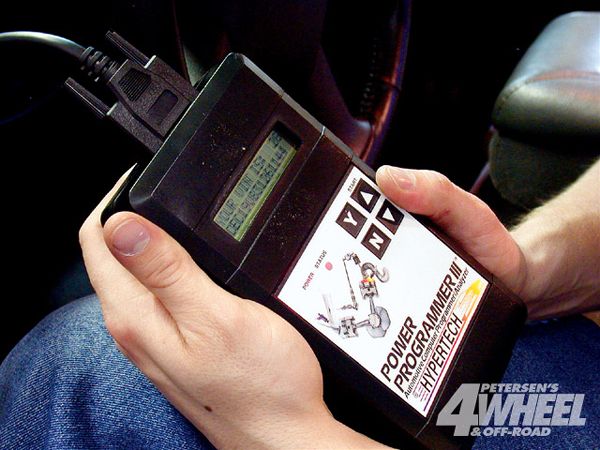
 Kevin McNulty
Former Editor, Mud Life
Kevin McNulty
Former Editor, Mud Life
Replacing a worn-out, oil-burning, smoke-belching engine in a 4x4 is a big goal for many enthusiasts. Swapping in a late-model, fuel-efficient, more powerful engine is a great idea, but when it comes to the actual engine swap, many enthusiasts are stumped by the vehicle's complicated electronics.
The vehicle's onboard diagnostic systems (OBD-I and -II) are sometimes difficult to understand. Not only do state and federal smog laws need to be figured out, but the swap to a later-model engine can become complicated with messy wiring and additional emissions components. OBD-I and -II systems started as a requirement by some states (most notably California) and the Environmental Protection Agency (EPA) for inspection, diagnosis, and reduction of vehicle emissions. OBD systems were first seen in the mid '70s, but weren't mandatory in some states until the mid '80s. In 1996 OBD-II systems were required on all vehicles sold in the U.S. to make sure vehicles were performing at OEM standards
 Many complete systems are available that work with factory emissions components. Some of these systems may not be emissions compliant in your state; we recommend checking all regulations before purchasing components. If the engine swap and management system is only for off-road use, then nothing more may need to be done other than picking up a recreation permit sticker from the state.
Many complete systems are available that work with factory emissions components. Some of these systems may not be emissions compliant in your state; we recommend checking all regulations before purchasing components. If the engine swap and management system is only for off-road use, then nothing more may need to be done other than picking up a recreation permit sticker from the state.
Many OBD-I and OBD-II managed engines make great swaps, especially into older Jeeps and trucks. For example: a late-model Jeep Cherokee 4.0L engine swapped into a Jeep four-cylinder YJ or CJ, or a GM LS series powerplant dropped into an early truck or a rock buggy. However, if the rig must comply with state or federal emissions regulations, all the OBD emissions components must be swapped into the rig. A few of the components needed for a compliant swap include the ECM, fuel pump and relay, 02 sensors, and crank position sensor, factory instrument cluster, and knock sensor. The best way to gather these components is to salvage them from one donor vehicle. We highly recommend the factory service manual and scan tool when these swaps are completed.
OBD monitored engines aren't as easy to figure out as an old fuel-fed carbureted engine, but once they are properly tuned they offer exceptional performance benefits. OBD managed engines run efficiently and reliably, and the systems can be tweaked for increased performance.
A number of companies manufacture programmers that will modify a vehicle's OBD-II system for increased horsepower and torque, better fuel efficiency, and more performance for specific conditions. On some early OBD-I systems the computer chip can be replaced. A number of companies supply emissions-compliant and off-road-only systems, and they can help tune the performance of a freshly swapped OBD monitored vehicle. Good luck!

OBD-II diagnostic systems are tunable, and numerous tuners, scanners, and programmers are available for almost all vehicles. Gains in horsepower, torque, and performance are possible. These units plug into the OBD-II port below the dash and can help diagnose problems with real-time data to pinpoint the exact components having problems and make repairs quicker and less expensive.